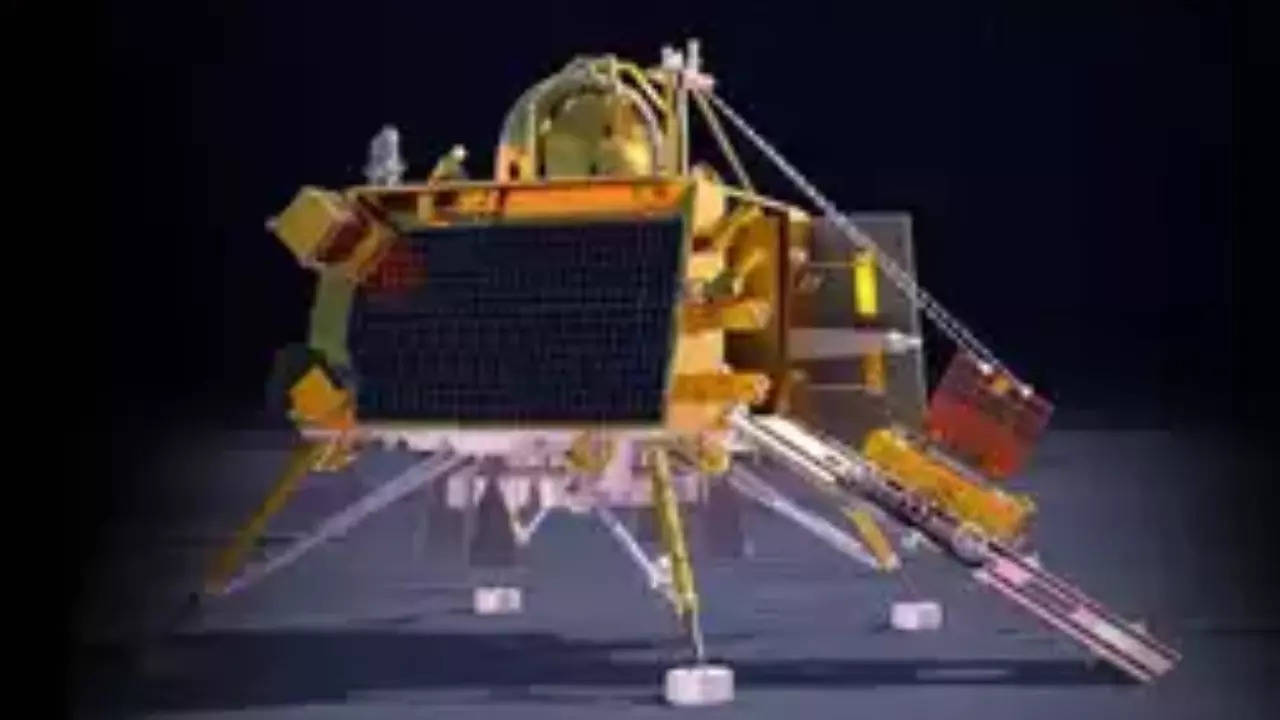The south pole is of particular interest to scientists because it is thought to contain large amounts of water ice. The adrenaline rush is there, of course, and I’m out of words as I struggle to explain that Christopher Nolan’s science fiction on space exploration had a production budget of $165 million. In comparison, ISRO, somehow, managed to actually carry out a staggering Lunar mission in half of the movie’s budget at $75 million.
The Vikram lander has made a successful lunar soft-landing and in just a few hours, the Pragyan rover will set out on its journey on the moon’s surface.
New Mercedes-Benz GLC to be company’s top-selling SUV: 25% sales from EVs by 2025 | TOI Auto
For the unversed, a rover in space missions is a robotic vehicle designed to move across the solid surfaces of celestial bodies. These rovers are equipped with various scientific instruments, cameras, and tools that allow them to gather data, capture images in non-friendly conditions for humans. Before India, America, USSR, and China had been on the moon. In this article, we take a look at the different rovers that have been used prior to Pragyan.
Lunar Roving Vehicle (LRV)
The Lunar Roving Vehicle (LRV) was a battery-powered four-wheeled rover employed on the Moon during the last three Apollo missions (15, 16, and 17) in 1971 and 1972.
Often referred to as the Moon buggy, it was built by Boeing and weighed around 210 kg without payload. With a maximum capacity of 440 kg, including astronauts, equipment, and lunar samples, it aimed for a top speed of 9.7 kmph. It was powered by two 36-volt silver-zinc batteries.
The Apollo III (LRV3) travelled the highest distance on the moon’s surface, covering a total distance of 35.89 kms.
Lunokhod 1 and 2
The Soviet Union dispatched the Lunokhod 1 and 2 robotic rovers to the Moon in 1970 and 1973, respectively, marking the first autonomous roving missions on the lunar surface.
Lunokhod 1, the inaugural rover, achieved the first successful Moon landing. Over 11 lunar days (equal to 321 Earth days), it covered 10.54 km. Meanwhile, Lunokhod 2, the second rover, explored autonomously for 32 lunar days (912 Earth days), traveling an impressive 37 km. However, Russian scientists revised it to 42 kms, based on the images from Lunar Reconnaissance Orbiter.
The duo was powered by a solar battery, which used to charge during the lunar day by a solar cell equipped inside its lid.
Yutu and Yutu-2
China’s robotic rovers, Yutu and Yutu-2, began their journey for lunar missions in 2013 and 2019. Yutu became the first rover to function on the Moon’s far side.
Yutu explored for 31 months, covering 114 meters, while Yutu-2 remains operational, having traveled more than a kilometre so far.
The power for the functioning of the Yutu-2 is generated by the solar panels installed on its back.


